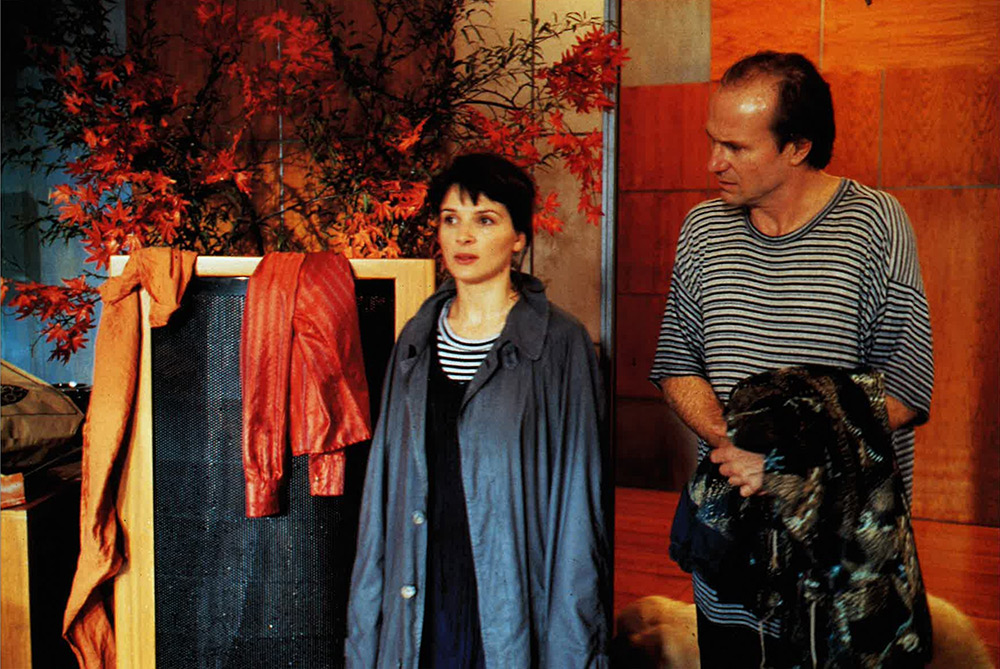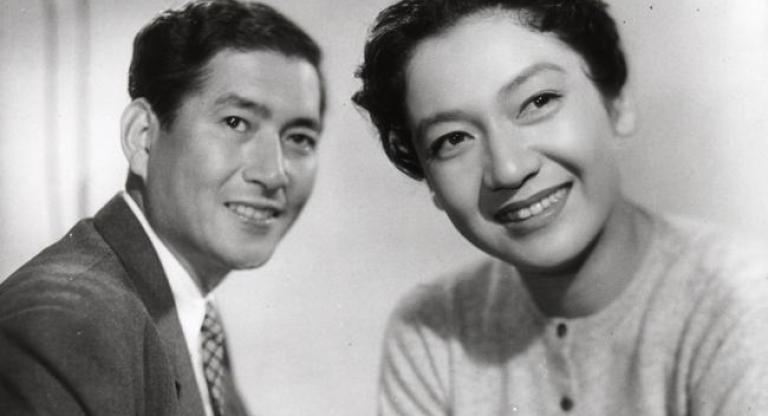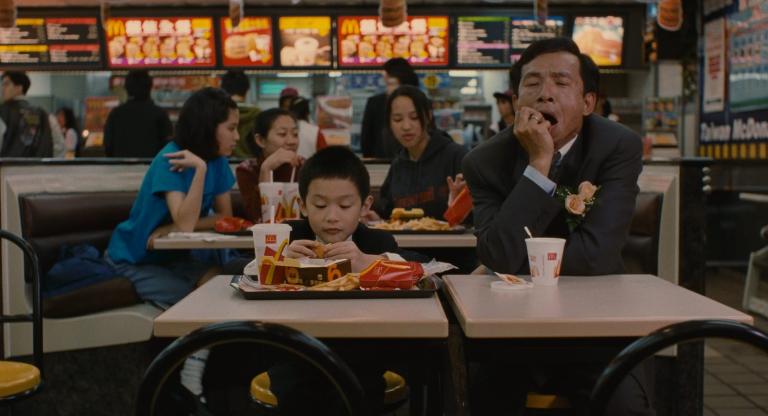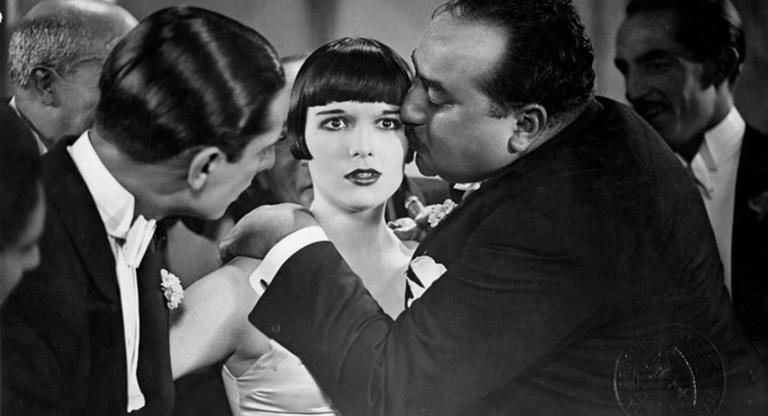There’s a bit of Lacan and a lot of Lubitsch in Chantal Akerman’s A Couch in New York (1996), a rom-com about a free-spirited dancer (Juliette Binoche) and an uptight psychoanalyst (William Hurt). Made around the same time Akerman started directing a series of observational documentaries that included D’Est (1993) and South (1999), A Couch in New York stands out as an anomalous work of screwball at a moment when her films tended toward absolute solemnity. Even now, A Couch in New York carries with it a strange reputation; it was derided by critics upon release and remains an object of ridicule for those Akerman fans who’ve ventured deep enough into the web to find a bootleg.
However, now that Akerman is in vogue like never before and that her work is being shown in its entirety at the Museum of Modern Art, the resonances between A Couch in New York and the rest of her films might come into sharper relief. The film sees Beatrice and Dr. Henry Harriston apartment swap; she trades her messy flat in Paris’s Belleville neighborhood for a few weeks at Harriston’s Fifth Avenue penthouse. In the process, they also swap lives; Beatrice assumes Harriston’s role as a preeminent psychoanalyst and Harriston falls into disrepair attempting to fix up Beatrice’s busted bohemian one-bedroom. Akerman spends most of the first half of the film cutting back-and-forth between each character as they learn to inhabit their new environments; that is, until Harriston breaks and takes a flight back home, uncovers Beatrice has replaced him as a shrink, starts attending her therapy sessions, and slowly falls madly in love with her. Their first encounter occurs within one of the aforementioned therapy sessions and it quickly becomes clear their love exists beyond reason — it is fated, as in all the great rom-coms, but also plausible, in that it represents a collision between two broken souls seeking a bit of comfort.
The wild love of A Couch in New York is not dissimilar to that in Toute une nuit (1982) — passionate and spontaneous rendezvous in the night — or other fiction films Akerman made in the ‘90s, chiefly Night and Day (which was meant to be her first collaboration with Binoche) and the TV-commission Portrait of a Young Girl at the End of the 1960s in Brussels (1994). The geographical swap at the center of the story also lets Akerman dig into some of her preoccupations with space; each apartment typifies her feelings about their respective locations: Harriston’s is a sterile faux Japanese box, while Beatrice’s is an endearing, worn out hideout. The major difference is that A Couch in New York is hysterical, while most displays of comedy in Akerman’s previous films were more subdued, and thus perhaps considered more refined. But no one needs refinement in a love story, especially one of this sort, one in which two crazed city dwellers come together despite their attempts at getting lost in isolation. It’s a joyous film, and perhaps for that reason alone, more than any other, an outlier in Akerman’s filmography.
A Couch in New York screens this evening, October 6, and on October 12, at the Museum of Modern Art as part of the series “Chantal Akerman: The Long View.”



